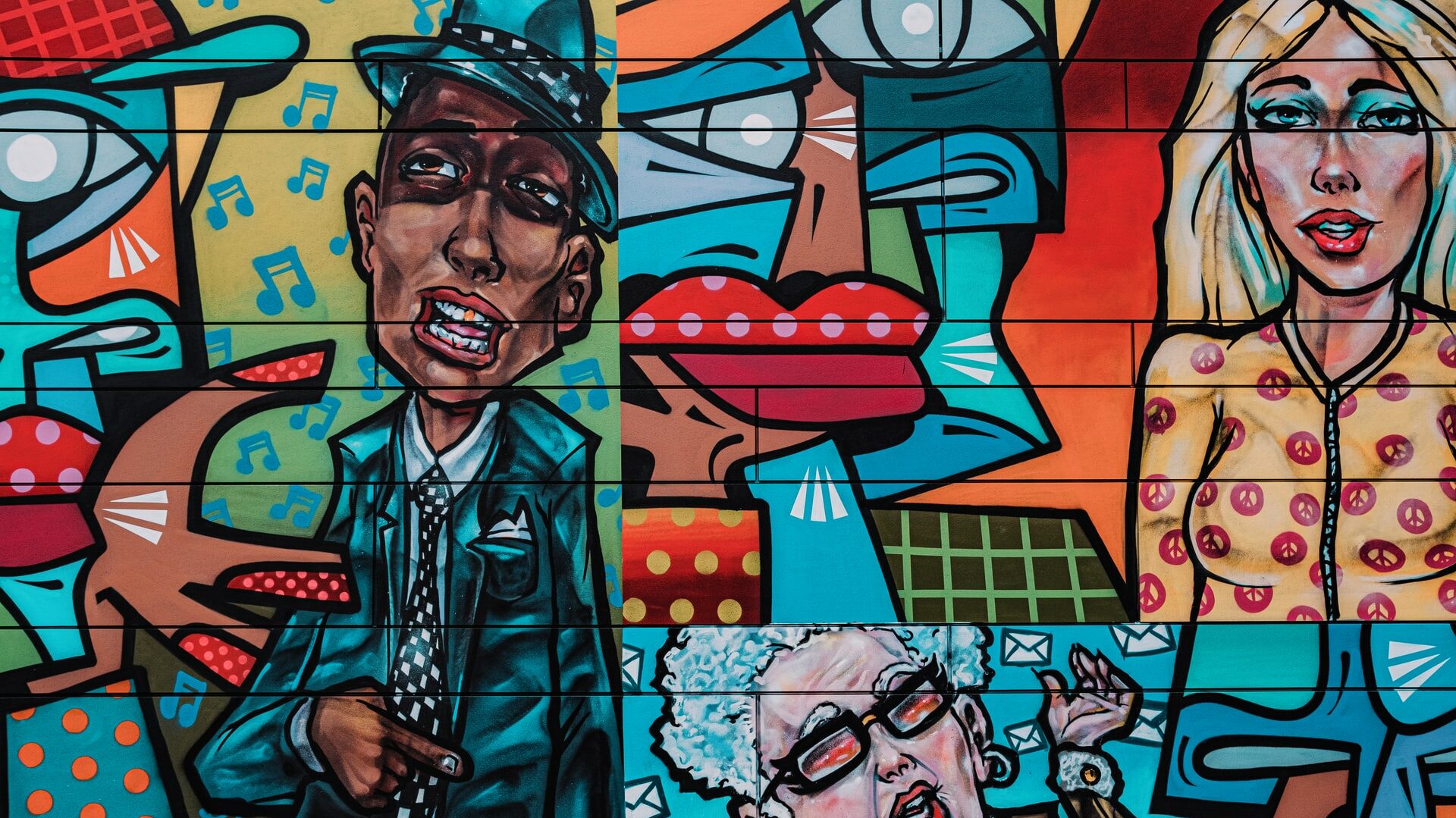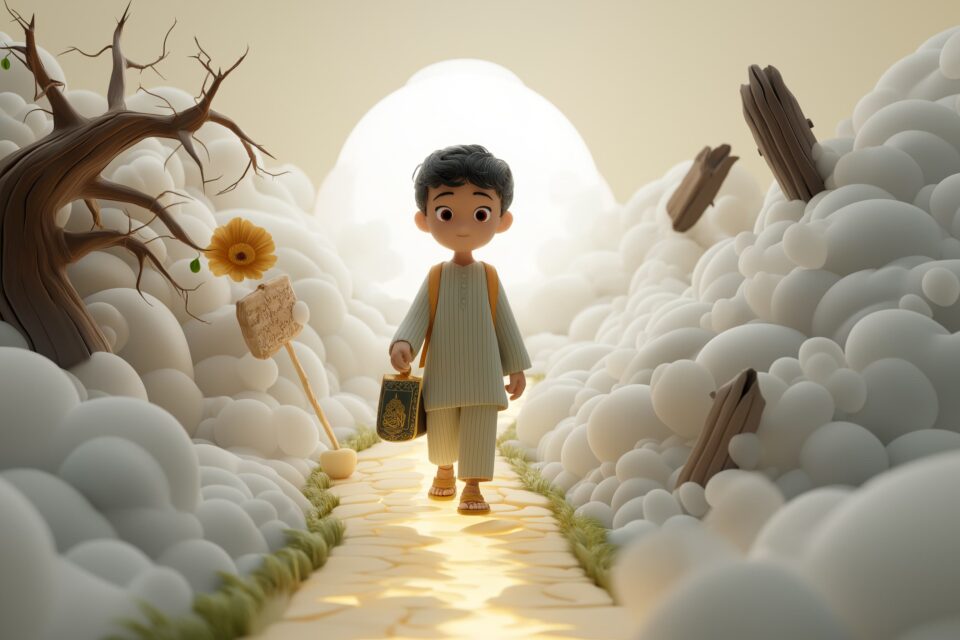Animation has long been associated with lighthearted entertainment—talking animals, imaginative worlds, and colorful characters that appeal to young audiences. But in recent decades, animation has evolved into a powerful storytelling tool capable of addressing some of the most difficult, nuanced, and complex topics imaginable, including history. From personal wartime memories to large-scale cultural shifts, animation can bring historical narratives to life in a way that is both visually engaging and emotionally resonant.
This article explores how animation serves as a compelling medium for interpreting and presenting historical events, especially those that are difficult to portray through traditional film or documentaries.
A Medium Beyond Age and Genre
One of the greatest strengths of animation is its flexibility. Unlike live-action film, animation is not bound by physical limitations. Artists can re-create distant eras, abstract concepts, or traumatic experiences with emotional depth and stylistic freedom. This makes it especially effective for history—a subject that often involves fragmented memories, symbolism, and perspectives shaped by time and trauma.
Importantly, animation is not limited to children’s entertainment. In recent years, adult-focused animated films and series have explored deeply serious topics such as war, genocide, political repression, and cultural identity. These projects prove that animation can be used as a mature, sophisticated tool for education and reflection.
Simplifying Complexity Without Oversimplifying
Historical events are rarely simple. They involve layers of context, conflicting viewpoints, and emotional weight. Animation offers the unique ability to simplify visual representation without reducing the intellectual complexity of the content. For example, a war-torn cityscape or a courtroom scene doesn’t have to be shown in painstaking photorealism to convey its importance. A stylized, symbolic approach can sometimes be even more effective.
Animated imagery can distill complex themes into powerful metaphors. A shadow representing oppression, a recurring color palette to signify danger, or a surreal transformation to show emotional trauma—all of these techniques allow animators to express the intangible elements of history.
This abstraction makes it easier for viewers to absorb information, especially when dealing with emotionally intense subjects. Animation gives the mind room to process what the heart may find difficult.
Giving Voice to the Silenced
One of the most significant contributions of animated historical storytelling is its ability to center voices that are often excluded from mainstream narratives. Survivors of violence, marginalized communities, or individuals who lived through culturally sensitive events may find it difficult to appear on camera or may not have archival footage available to represent their stories.
Animation can bridge that gap. Personal accounts can be visualized with care and artistic interpretation, allowing survivors to narrate their experiences while preserving anonymity or safety. For example, in the Oscar-nominated film Flee (2021), animation was used to tell the real-life story of a refugee from Afghanistan while protecting his identity. The visuals conveyed his emotional journey in a way that live-action footage could not.
This approach not only gives underrepresented voices a platform but also allows for a more intimate and empathetic engagement with history.
Reconstructing the Irreproducible
Much of history is lost to time. There may be no photographs, video, or detailed records of certain events—especially those involving ordinary people or hidden experiences. Animation allows for creative reconstruction. Artists can piece together what a moment may have looked or felt like using sketches, testimonies, and imagination.
This doesn’t mean rewriting history. On the contrary, well-researched animated historical projects often rely on academic collaboration, interviews, and documentation to remain accurate. What animation does differently is fill in the emotional and sensory details that raw data cannot convey.
Take Waltz with Bashir (2008), an animated documentary exploring memory and war. The film used surreal and dreamlike visuals to capture the psychological experience of the filmmaker, who struggled to recall his role in the 1982 Lebanon War. This internal exploration would have been nearly impossible with conventional film.
Engaging New Generations
Another key advantage of animation is its ability to reach younger audiences. Many students and young adults might find traditional history classes dry or disconnected from their lived experience. Animated films and series can introduce them to critical events in a format that is accessible, engaging, and memorable.
Short-form content, such as animated explainers on YouTube or social media, can distill historical moments into concise narratives, sparking interest and encouraging further research. Larger productions, like historical anime or educational series, have been successful in blending entertainment with education.
By modernizing how history is told, animation makes it more inclusive and interactive, allowing new generations to connect with the past in personal and meaningful ways.
Blending Fact and Emotion
Good historical storytelling does more than list dates and names—it creates empathy. Animation excels at capturing the emotional truth of historical events, which is often as important as the factual timeline. Visual metaphors, non-linear storytelling, and expressive character design can evoke feelings that resonate long after the film ends.
This emotional storytelling helps audiences not just learn history, but feel it. Understanding what people endured during a war, displacement, or political oppression becomes more than an academic exercise—it becomes a human connection.
Challenges and Responsibilities
Of course, using animation to depict history comes with responsibilities. Animators and filmmakers must navigate the line between creative expression and historical accuracy. There is a risk of romanticizing, trivializing, or distorting serious events. To mitigate this, many successful animated historical projects work with historians, survivors, and cultural consultants to ensure respectful and accurate representation.
The goal is not to sanitize history but to offer new ways of seeing and feeling it—especially for those events that resist easy visual representation.
Conclusion
Animation is a powerful medium for historical storytelling. Its ability to simplify without diminishing, to represent the unseen, and to evoke empathy makes it uniquely suited for portraying complex and sensitive events. From documentaries and feature films to educational shorts and museum installations, animation opens doors to the past that might otherwise remain closed.
In a world that continues to confront historical trauma and seek justice, animation offers a bridge between memory and imagination. It invites us to remember—not just with our minds, but with our hearts.

